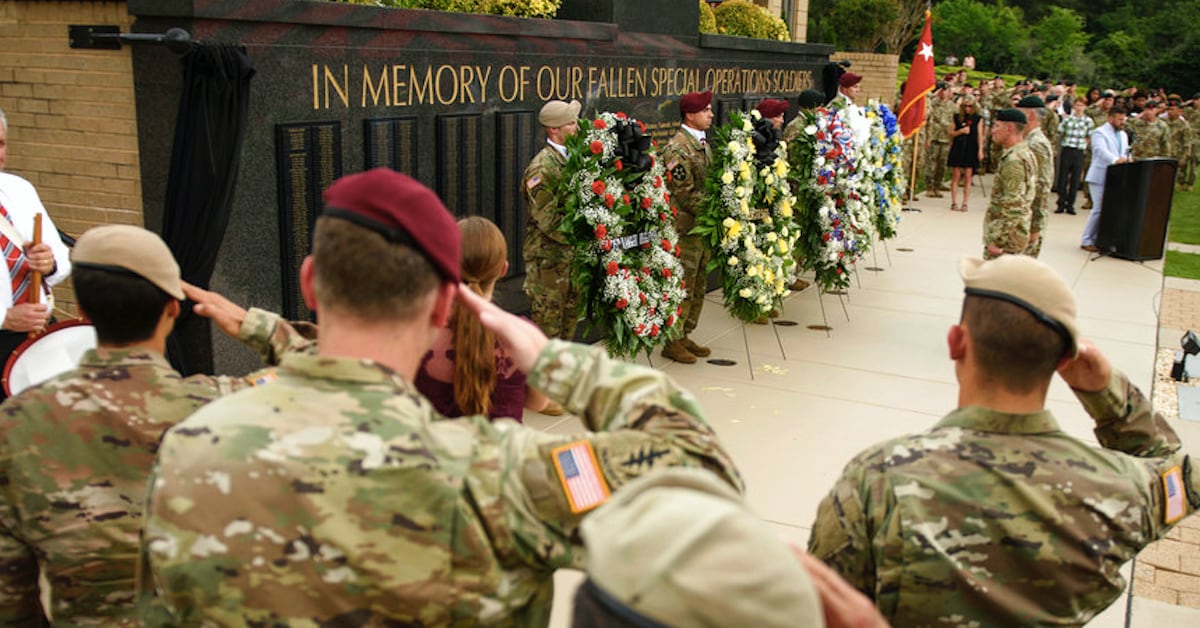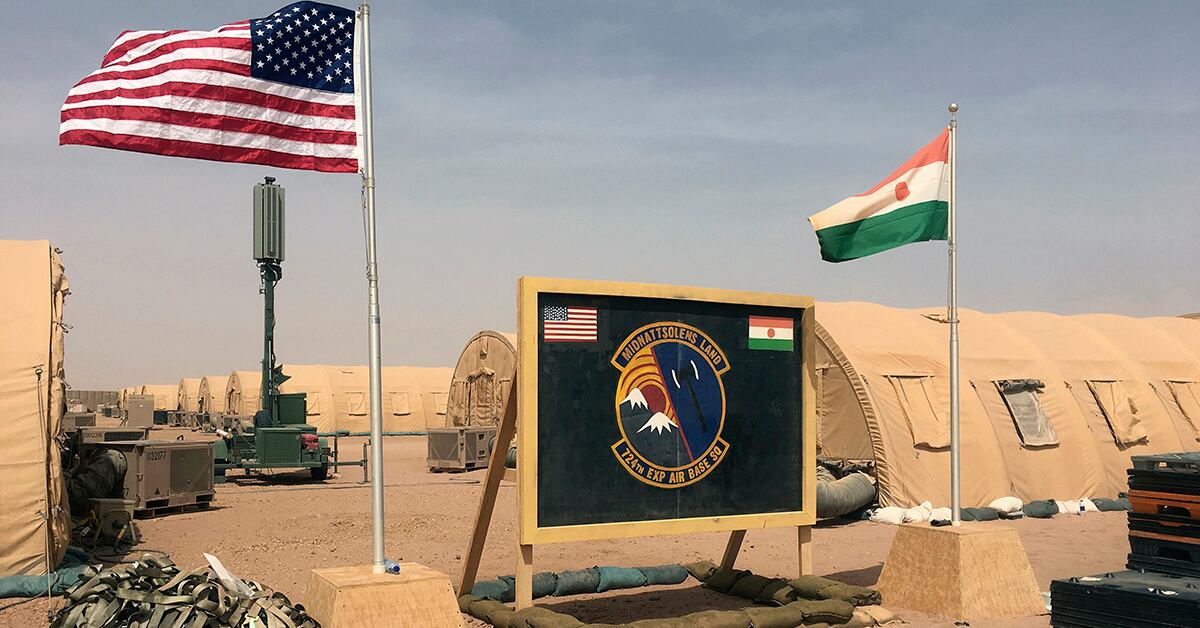Niger Air Base 201, a future hub for armed drones and other aircraft, won’t be completed until the middle of 2019.
The base was originally intended to be operational by the end of this year, but the region’s difficult weather and harsh environment is pushing completion back, an official with U.S. Africa Command told Air Force Times.
“Weather (rainy season) and other environmental complexities are a few reasons for this minimal delay,” the official said in an email. “Because construction on the airfield and runway is ongoing, there are no U.S. ISR aircraft operating out a Nigerian Air Base 201.”
The base’s total cost will be roughly $100 million, according to previous AFRICOM estimates. Officials did not immediately respond when asked whether the delays into next year are expected to increase the cost.
Air Base 201 will eventually house the U.S. armed drone mission in Niger that currently operates out of Niger’s capital, Niamey.

U.S. officials have described the construction of Air Base 201, located near the Nigerien city of Agadez on the edge of the Sahara Desert, as the largest Air Force-led construction project in history.
The armed drone mission in Niger was approved in early 2018 with consent of the local government. The drones are part of a long-term partnership between the U.S. and Niger to counter violent extremists in the region, such as Boko Haram and al-Qaida in the Islamic Maghreb.
The U.S. military is reducing its personnel in Africa by about 10 percent in the coming years so the Pentagon can reallocate forces to address threats from China and Russia.
RELATED

The U.S. currently has about 7,200 troops deployed in Africa.
That shift in strategy likely won’t have a huge impact on Air Base 201′s role in Africa, though.
“In West Africa, specifically, we will decrease emphasis [on] tactical level advice and assistance and move to a more strategic approach,” the AFRICOM official said. “This adjusted approach relies more heavily on advising, assisting, liaising and sharing intelligence at key nodes throughout the region.”
The drone mission from Air Base 201 will serve as an important ISR provider for local forces in West Africa, and could even pick up the slack from a decreased ground presence by U.S. troops who work in the region to train partner forces.
“The majority of DoD personnel in Niger are supporting air operations at the airfield in Niamey, or at an airfield in Agadez [Air Base 201]," Robert Karem, the former assistant defense secretary for international security affairs, said this spring. “The establishment of the Agadez airfield will help provide additional ISR coverage in the region.”
Kyle Rempfer was an editor and reporter who has covered combat operations, criminal cases, foreign military assistance and training accidents. Before entering journalism, Kyle served in U.S. Air Force Special Tactics and deployed in 2014 to Paktika Province, Afghanistan, and Baghdad, Iraq.





